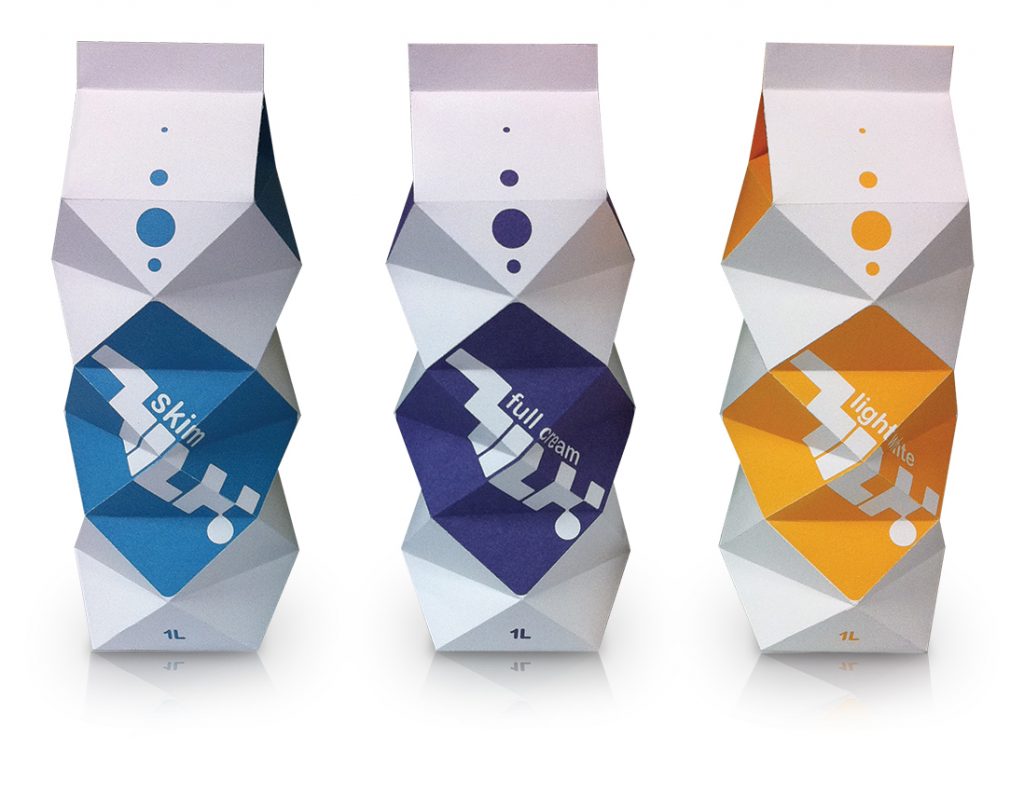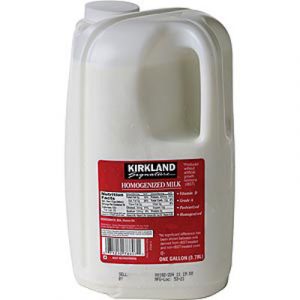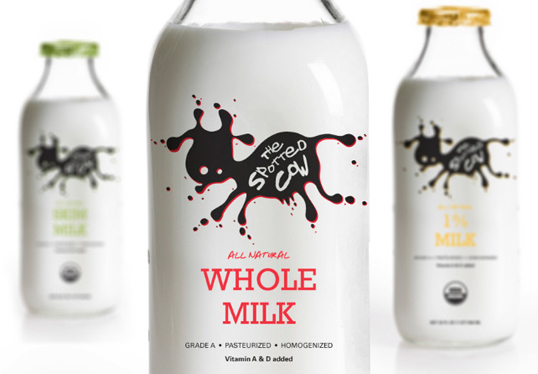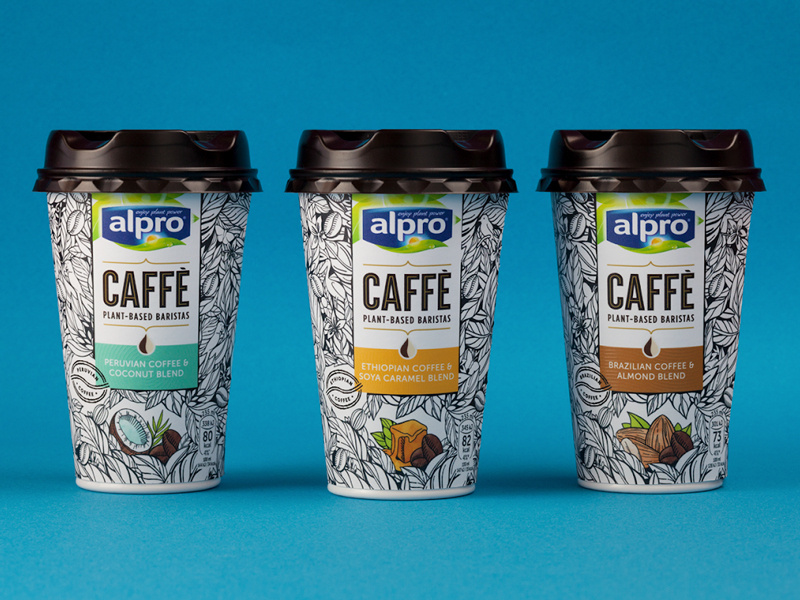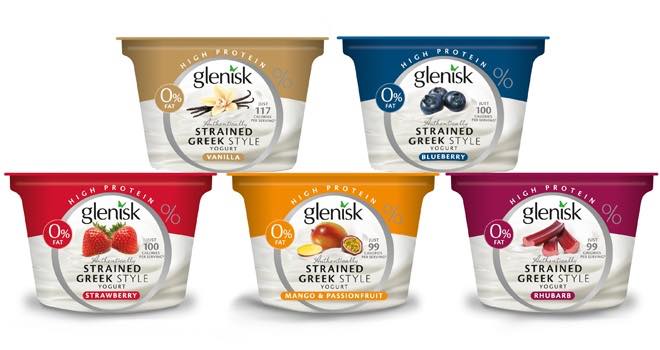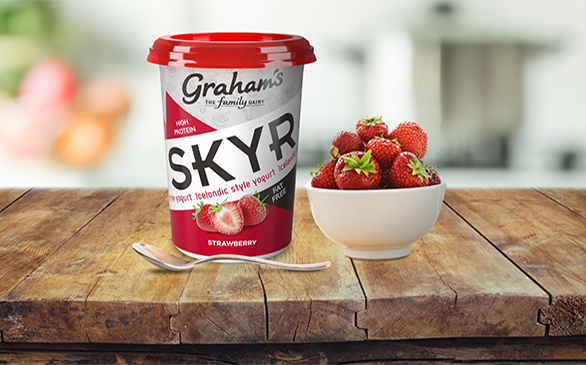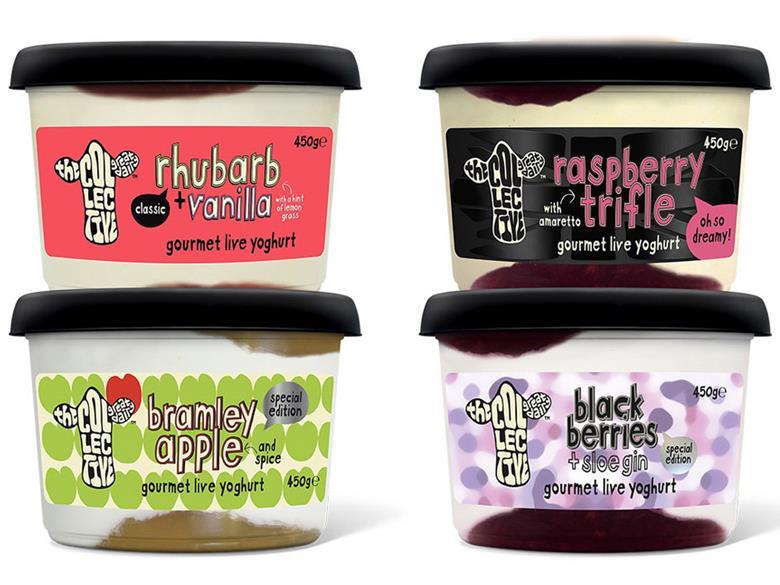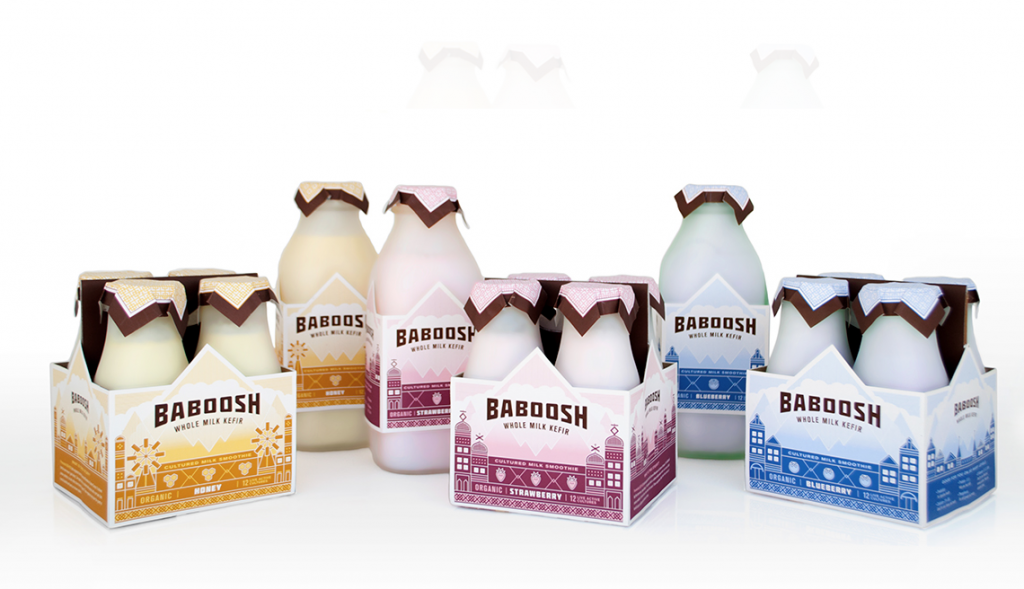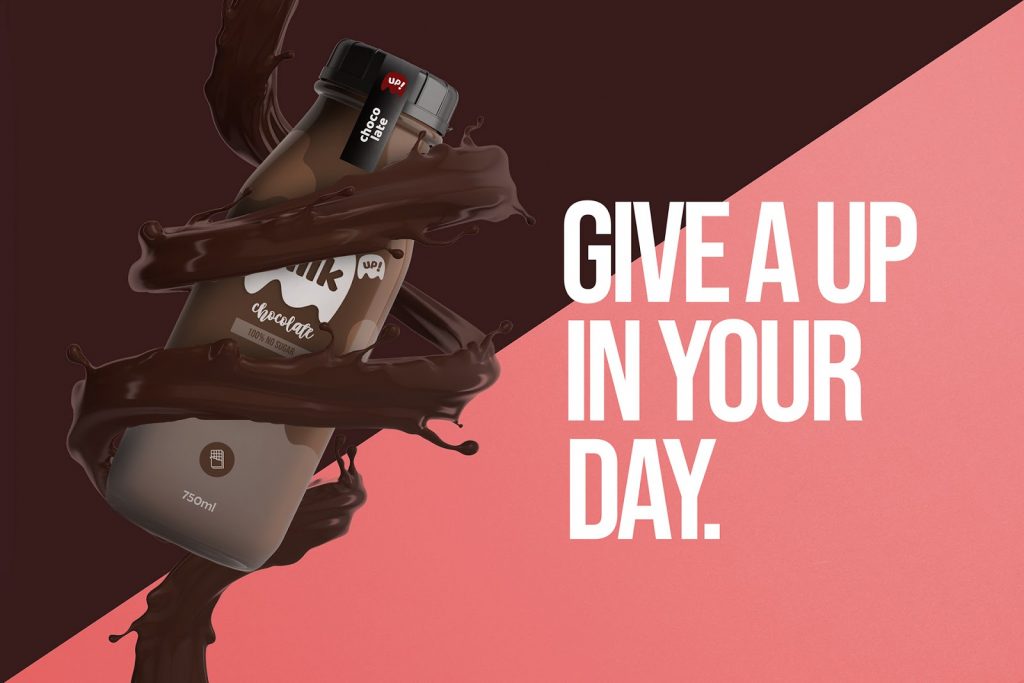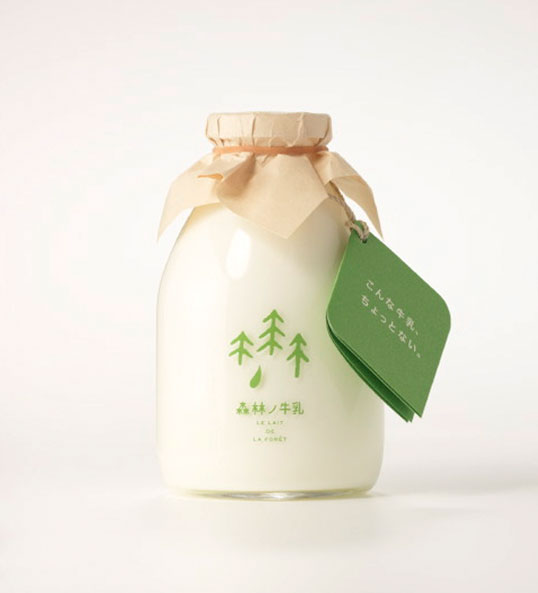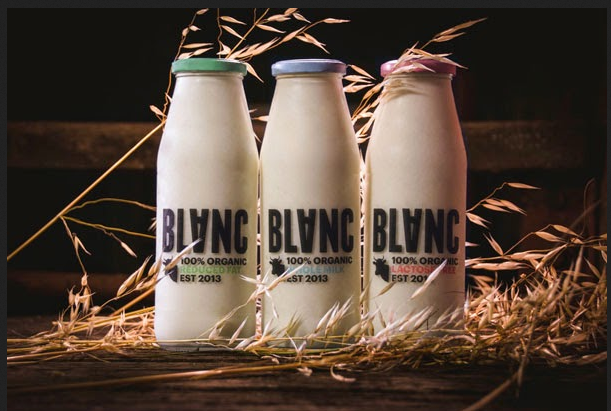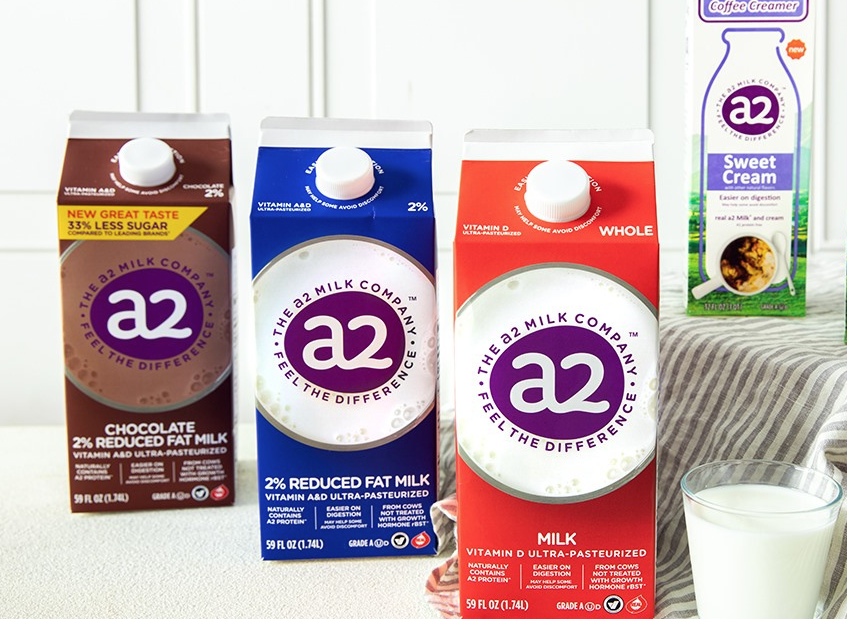The cornerstone of communication strategy during the current economic crisis is as simple as a bowl of soup. If you disappear from the media you are dead and if you are cool — you are always cool. Therefore, the advertisement continues to enthusiastically talk about the merits of the products and creatively describes them. Ads show how nutrients from dairy products are quickly absorbed by the body which helps to maintain healthy bone and muscle systems. For instance, this video shows that milk is not only refreshing but is also an incredibly simple way to replenish strength for athletes after training:
Milk is good for health, it would seem that a consumer could buy everything in the world milk and dairy products for the sake of its benefits. But is it that simple?
Sales of Private Label Brands Are Dropping
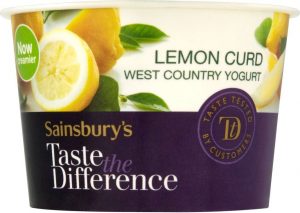
If half of all consumed milk in India is delivered from the nearest farm directly to the doorstep, then in an urbanized context the competition of producers’ brands and private brands are in full bloom. For example, major retailers like Target, Waitrose, Carrefour, and Sainsbury have such.
American milk bottles are usually rectangular in shape. The design used by Costco and Sam’s Club stores in the United States allows stacking and filling containers, rather than being sent to the store in milk crates and manually loaded into the freezer display case. Consumers, by the way, are unhappy, because pouring from such packaging is inconvenient. The image shows a traditional 1-gallon bottle and a Costco bottle. Is it really uncomfortable or unusual?
According to a Nielsen study, 85% of consumers tend to buy private labels. But, if in 2018-2019 manufacturers’ sales grew by 5%, private brands showed a decrease of 6.6%. This is partly due to the increasing number of promotions that are more and more often carried out by retailers, significantly affecting consumer behavior: people prefer to buy their food for a better price, and 10% always buy the cheapest brands of milk and dairy products.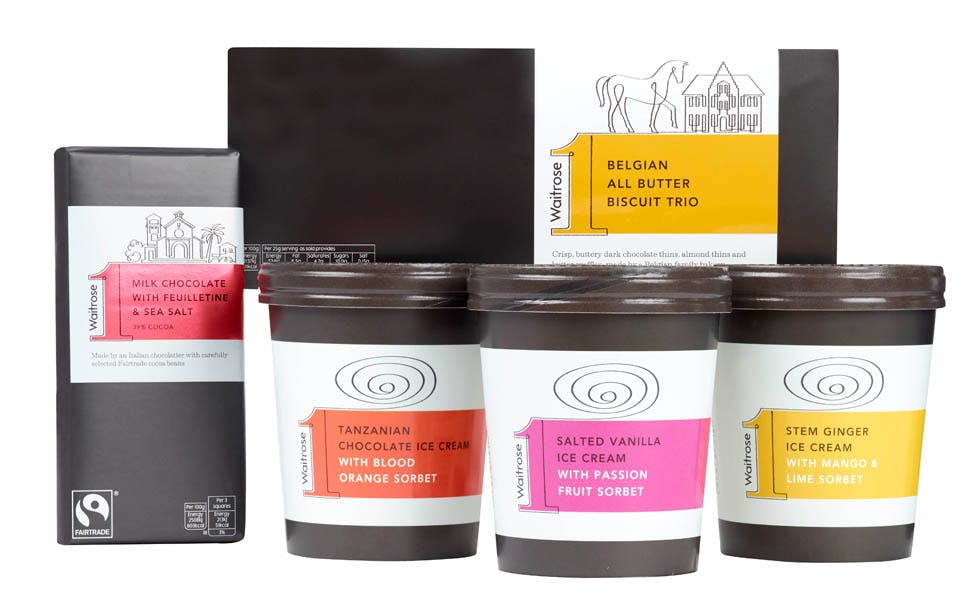
Thus, the price is no longer a competitive advantage of private brands over manufacturers’ brands. In the same study experts identify 3 ways to achieve success. This includes working on improving the quality of goods, expanding the range and its visibility on the shelves.
Success factors: quality of goods, variety of assortment and its visibility on the shelf.
The Market Grows and Collapses
Meanwhile, in 2019, Danone experts say they are concerned that the consumption of dairy products is dropping and will decrease by 20% in the near future. One reason is caring for the planet: the current agricultural techniques lead to soil depletion and loss of biodiversity. Moreover, the reduction in consumption will primarily affect milk and cheese category and will only affect the fermented milk products in a smaller extent.

In this regard, new high-tech industries began to appear, such as the first floating dairy farm in Rotterdam.
Famous dairy brands are increasing their presence in dairy-free market, developing alternatives to milk: plant-based drinks and fermented products.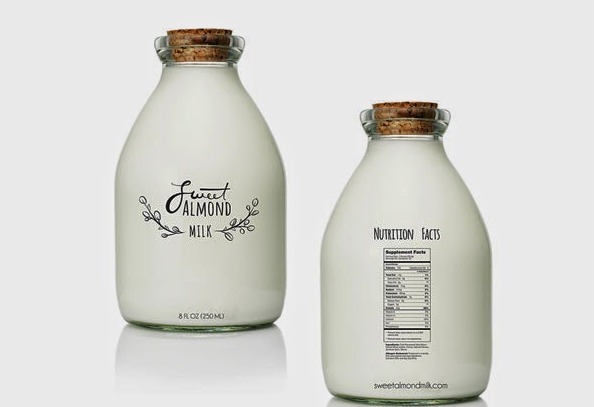
According to the FAO report, milk and dairy consumption per capita is higher in developed countries, but the gap with developing countries is narrowing. Demand for milk and dairy products in the latter is growing along with the rising incomes of households, the growing population, urbanization and changes in diet. This trend is most obvious in East and Southeast Asia, especially in China, Indonesia and Vietnam.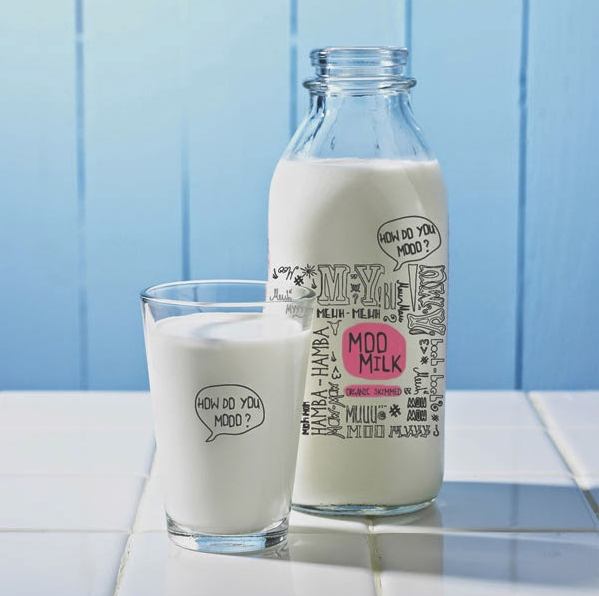
Currently, dairy consumption is growing at an average rate of 3% per year (Danone data) due to emerging markets in India, Africa and China.
Today more than 6 billion people include milk and dairy products in their diets, most of them living in developing countries. Since the beginning of the 1960s, per capita consumption there has almost doubled (although meat consumption has grown three times during the same period, and eggs — five times).
The volume of dairy products consumption varies greatly: there are countries with a high level of consumption — more than 150 liters per capita per year (Argentina, Armenia, Australia, Costa Rica, most European countries, Israel, Kyrgyzstan, North America and Pakistan), countries with an average level — from 30 to 150 liters (India, Iran, Japan, Kenya, Mexico, Mongolia, New Zealand, North and South Africa, most of the Middle East and most of Latin America and the Caribbean) and countries with a low level of less than 30 liters (Senegal, most of Central Africa, East and South-East Asia).
In total, it is liquid milk that is the most popular dairy product in developing countries. The demand for milk in cities and fermented milk in rural areas is traditional, but processed products are gaining an increasing market share.
“On the Go” or “On the Run”
Ready-made coffee with milk, high-protein shots and probiotics in a single serving format are a tasty choice that makes your healthy lifestyle easier.
Lots Of Protein
Some time ago everyone believed that the less fat in the composition, the better. Today, another point of view can be called dominant: the less carbohydrates, the better. A large group of nutritionists and their followers imply that foods with a high fat content (over 5%) are especially valuable.
According to Nielsen, sales of yogurts with less than 2% fat are falling and have dropped 19% over the last year. Over the same period, yogurts of 5% or more grew by 32% and 37%, respectively. In addition, the evolution of the trend towards natural food has led to the emergence of “super foods” in this category: high-protein formulas containing cereals, granola and other functional additives.
Hedonism
It’s about treating yourself with something tasty. And — yes, high-calorie and sometimes high-carb. Puddings, creme brulee, panna cotta.
Attention to Probiotics
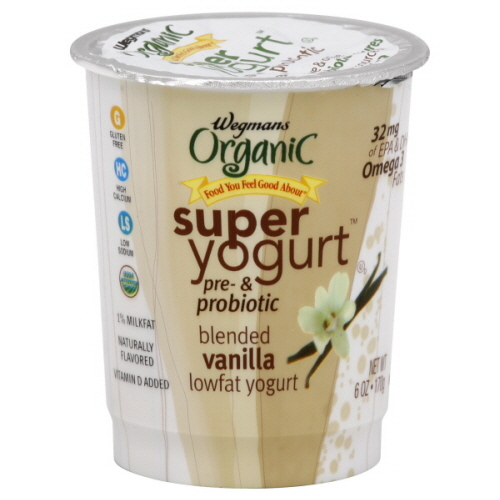 The human digestive system is filled with millions of “good” bacteria, and scientists have discovered that their presence is associated with health benefits. It affects not only digestion, but also strengthens the immune system and positively affects our mood and mental health. Taking live microorganisms, known as probiotics, in the form of supplements or fermented foods can help increase the number and variety of these bacteria.
The human digestive system is filled with millions of “good” bacteria, and scientists have discovered that their presence is associated with health benefits. It affects not only digestion, but also strengthens the immune system and positively affects our mood and mental health. Taking live microorganisms, known as probiotics, in the form of supplements or fermented foods can help increase the number and variety of these bacteria.
This trend is associated with the growing popularity of kefir, which was invented in the Caucasus and earlier it was little known outside the countries where it is traditionally cooked. Media broadcast sporadic reports that kefir helps reduce the risk of cancer.
Without
No fat, no added sugar. A designer includes an inscription characterizing it as healthy, making the most out the possibilities for describing the product as good for wellbeing — you get new sales. At the same time, almost any product can be made healthier.
Local Organic Products, Ethics and Allergies
The smaller the carbon footprint, the less intermediaries and the closer the farm — the better. Informing consumers about the social responsibility of the brand, its contribution to improving the environment can be attractive to buyers.
It is worth mentioning the possibility of returning reusable glass milk bottles used for home delivery in the UK, as well as the recycling of cardboard packaging.
Organic milk, in accordance with US regulations, must come from a cow that did not receive antibiotics and hormones and at least 30 percent of its diet was consumed in pasture.
A2 milk has become a salvation for lactose-intolerant people and is easier to digest. It is believed that A1 protein causes discomfort in the digestive tract. There is also a tendency to replace milk with vegetable raw materials.
An Obvious Choice
Around the seventh century BC, ceramic pottery where milk was stored already existed in Anatolia (the territory of modern Turkey). During transportation, it sometimes turned into butter, and by the second century BC, cheese appeared in Egypt. By the 16th century, almost all types of dairy products known today were invented and a famous problem arose. The problem of choosing.
How do we choose dairy products? The priority is taste and freshness, followed by price, type of milk, natural ingredients and fat content (Nielsen data). In yogurt, the main thing is taste and, partly, healthiness.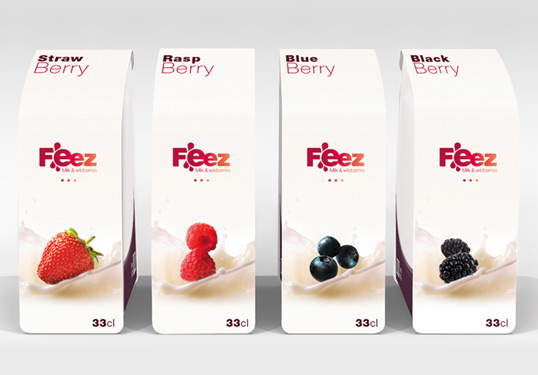
What if the store does not have your favorite kefir? Most often, we are driven by the power of habit, that is, brand loyalty, so when rebranding it is so important to highlight and maintain visual anchors, change packaging step by step: 37% of the habit will force you to go to the next supermarket, another 23% will buy another product of your favorite brand and only 16% will choose another brand of kefir. At the same time, we all want butter from butter, and the composition plays a decisive role: almost 40% of respondents will definitely study the composition of a new dairy product for them, another 30% will do so with a high degree of probability, but this is not accurate. Undesirable ingredients include GMOs, E-supplements, preservatives, colorants, flavor enhancers, milk powder, emulsifiers, flavorings, thickeners and vegetable fats.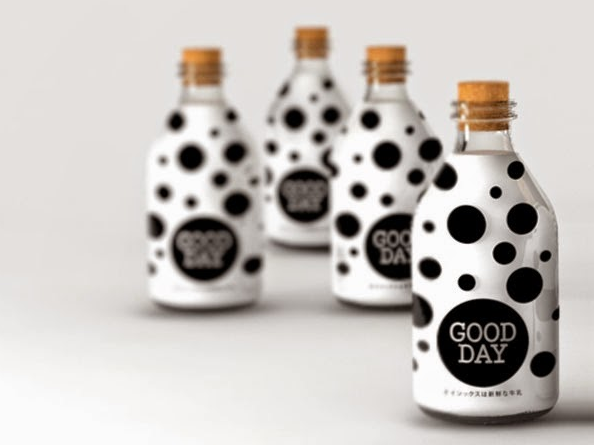
The main danger for industry actors is a trend to refuse dairy products. It can be religious (followers of Jainism are banned due to the fact that violence is committed against cows), ethical (veganism) and, most importantly, medical, when nutritionists advocate harm to dairy products not only for people with individual intolerance, but also for all adults people in general. Moreover, each age usually has its own reason: if young people tend to think about the state of the environment and the future of the planet, then in an audience of 25-35 their own health is more important, and for older people, health is an absolute priority.
Milk is about constancy. About intuitive choice and affection from childhood. Any fundamental change in the market will have a significant educational component, supported by large-scale scientific research, because habits change with a great difficulty.
